|
Return to Flies
With a Story
|
|
A
follow-up soft hackle story from Paul DiNolo |
There have been many famous, and some obscure,
soft hackle flies which have been developed over the centuries. It
is sometimes difficult to tell one pattern from another, especially
when their materials or names are similar.
Normally, these patterns are named , first by
what type of hackle is used, and then by the color
of the body. For instance, we have flies with names like: The
Partridge and Green, The Grouse and Orange, The Grizzly and copper,
etc. There are also a number of standard wet flies and nymphs which
are tied with soft hackles. The “March Brown Spider, and “Soft
Hackle Pheasant Tail” come to mind.
Soft hackle flies are some of the earliest recorded fly patterns.
While they may have over a thousand years of fly fishing history
behind them, they don't seem to enjoy the popularity that they have
earned.
Perhaps the leading proponent for the use of
soft hackle flies was Sylvester Nemes. If you get a chance to read
any of his work, you will see that he believed that the key to the
soft hackle fly's success lies in its sparseness and simplicity.
Perhaps it is the simplicity of its appearance that might keep many
anglers from giving this style of fly a fair trial. In fact, only a
few of the fly shops that I have visited in recent years even carry
these patterns in their inventory.
Even though it might be a bit difficult to locate some soft
hackle patterns, they are quite simple to tie. Soft hackle flies are
probably the best pattern for the novice fly tyer to produce.
The key point to remember when tying soft hackle patterns is to
apply the least amount of material possible, and still give the fly
the required impression. Bodies should have a very slim outline, and
there should be no more than three complete turns of hackle. Some
tyers like to add in a dubbed fur thorax, or a rib, or even a
metallic bead head, but you can see that this can get you on that
proverbial “slippery slope” and pretty soon you might end up with a
full dressed salmon fly. So, keep it simple; just a sparse body and
a few turns of hackle.
The choice of hackle can be very broad so long as they are soft
and they absorb water. Traditionally, plumage from game birds was
the most commonly used. Partridge, grouse, woodcock, pheasant, snipe
and sage hen all proved to be quite effective. Recently, commercial
hackle growers have added complete lines of genetically selected
hens to their already popular dry fly necks. The quality and
consistency of these hen necks allow the tyer of soft hackle
patterns a remarkable range of creativity.
|
Soft
Hackle Flies - Five samples from Paul |
|
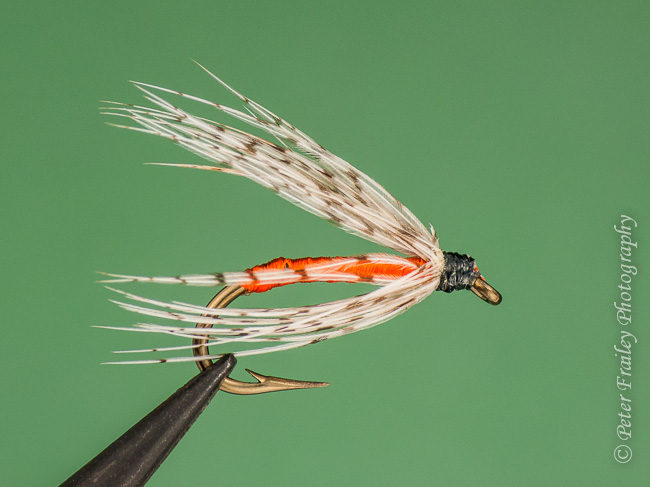
Partridge and Red
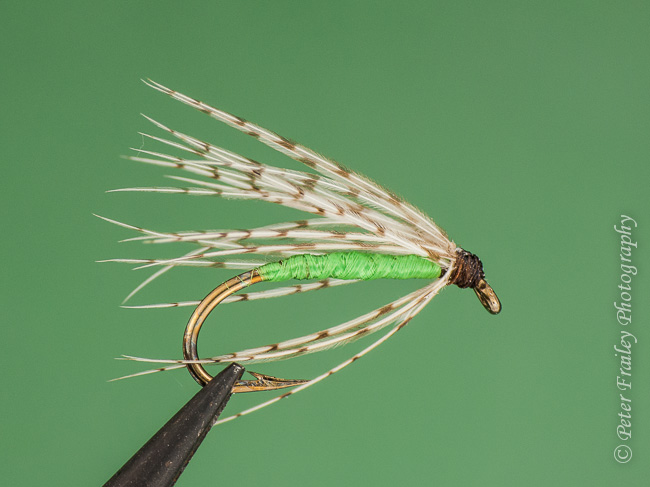
Partridge and Green
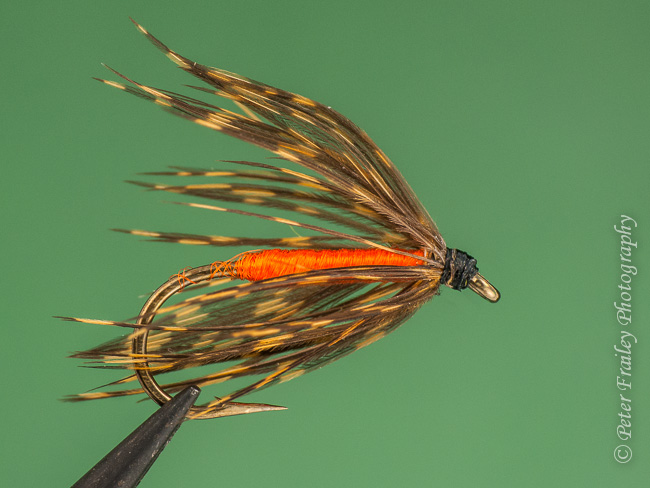
Grouse and Orange
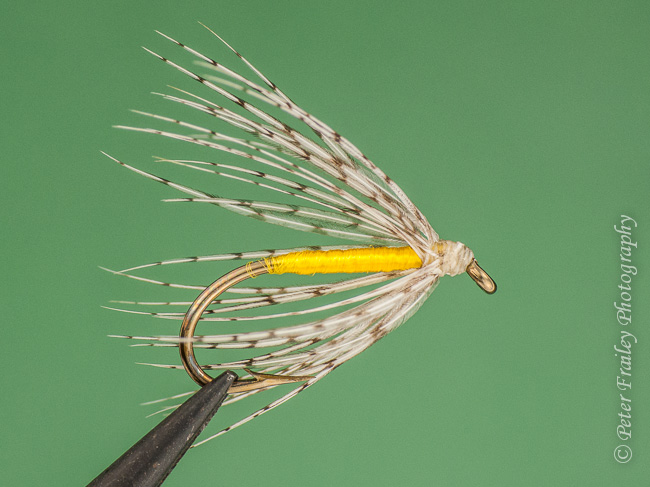
Partridge and Yellow
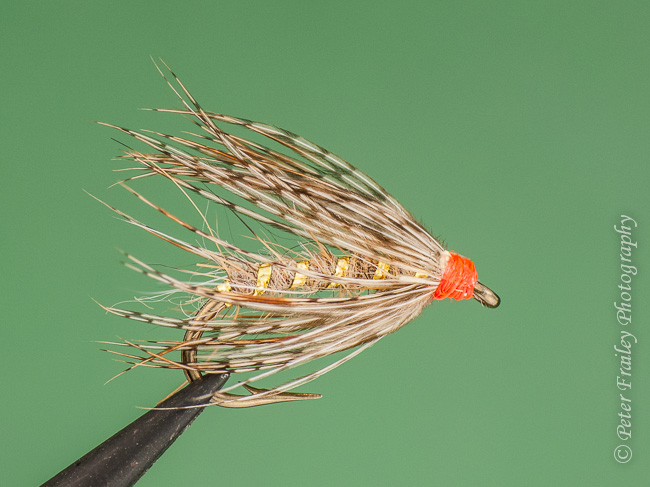
March Brown Spider
|
Tying sequence:
HOOK:
Wet fly hook, sizes 12-16 for trout. (Try a size
10 for panfish)
THREAD:
8/0 black, or color to match or complement the body
BODY: Shown here
are floss bodies of different colors and one dubbed body. Peacock
herl and pheasant tail fibers are also popular
body materials.
SOFT HACKLE COLLAR:
Four of the flies here are tied with Partridge
and one with grouse.
Note: Paul suggests no more than three
wraps of soft hackle. |
|
|
copyright © Notice by fishingwithflies.com.
All rights reserved. This
material is for your personal enjoyment. Please obtain prior
written permission from the author and fishingwithflies.com
before any other
use. |
|
|